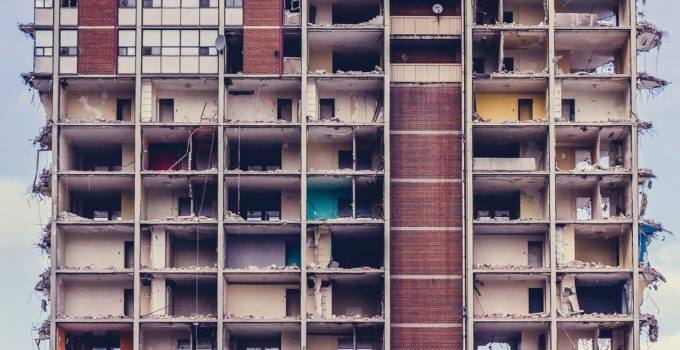What does asbestos look like? This is a question asked by many people who have never come across this material. This because it's often mixed with other materials making the process of identifying it difficult.
While many homeowners are oblivious of asbestos, there are some common materials in their homes that contain the hidden killer. Always remember long-term exposure to asbestos can be detrimental to your health. And, in extreme cases, it can cause mesothelioma cancer.
In this regard, let's try to understand what asbestos look like.
Types of Asbestos
There are six types of asbestos namely:
- Chrysotile
This was the most commonly used form of asbestos. But, what does asbestos look like in this category? It exists as a white material. It is most common in ceilings, walls, and roofs of homes, businesses, and workplaces.
More importantly, automobile manufacturers used it in the fabrication of brake lining and gaskets. Also, the material came in handy in making boiler seals and insulation for pipes, appliances, and ducts.
- Crocidolite
This type of asbestos is blue in color. Manufacturers used Crocidolite to insulate steam engines. It was also a common material in pipe insulation, plastics, spray coatings, and cement products.
- Amosite
Amosite asbestos is brown in color. It found its application in pipe insulation and making cement sheets, thermal insulation products, ceiling tiles, and insulating boards.
- Anthophyllite
Anthophyllite is a white, grey, or dull green material. Manufacturers used this type of asbestos in making construction materials and insulating products, though in limited quantities. Besides, Anthophyllite asbestos exists as a contaminant in vermiculite, talc, and chrysotile asbestos.
- Tremolite and Actinolite
Tremolite and actinolite are white, brown, gray, or transparent materials. They both fall under the same category because they are chemically similar.
These type asbestos has never found commercial application. However, sometimes they exist as contaminants in vermiculite, talc, and chrysotile asbestos.
What Are the Common Areas That Contain Asbestos in Our Homes?
Construction commonly used asbestos as a building material. You may come in contact with asbestos on a daily basis unknowingly.
Therefore, let's look at some of the asbestos hot spots in our buildings.
Asbestos Insulation Board (AIB) products
Companies used AIB products to make building facades, walls, fascias & soffits, external cladding, lift shafts, and fireproofing material. It was also the material of choice in partitioning commercial properties.
Notably, AIB products contained a lot of asbestos. That's why it is vital to strip all AIBs that contain asbestos from old buildings.
Always remember to leave this process to the professionals. Never try to uninstall AIB boards by yourself as it may lead to exposure.
Related: Directory of Asbestos Removal Companies in the United States
What Does Asbestos Look Like in Aib?
It is difficult to differentiate asbestos from non-asbestos material in AIB. So, the only solution to getting rid of this hidden killer is by stripping the whole AIB material suspected to have asbestos.

Asbestos in Spray Paints
Asbestos was added in spray paints due to its fireproofing properties. This makes some spray coatings contain lethal amounts of asbestos. In extreme cases, some containing as much asbestos as 85 percent.
What Does Asbestos Look Like in Spray Paints?
The only way to identify the presence of asbestos in spray paint is by taking a sample for analysis. This is because mixing asbestos with other materials makes the process of identifying it difficult.
Asbestos as a Pipe Insulator
Asbestos was a common material used in hot water pipe insulation in both domestic and commercial premises. It was wrapped on the outside of pipes due to its good insulation properties.
What Does Asbestos Look Like in Pipes?
Asbestos is usually wrapped in a protective coating, which makes it very hard to identify it at first glance. Always remember to avoid disturbing pipes suspected to contain asbestos because you may release fibers into the air.
What Should You Do If Exposed to Asbestos?
If you suspect exposure to asbestos in the past, there is no need to panic. Not everybody gets lung cancer from asbestos exposure.
But if you start displaying signs like coughing, chest pain, or shortness of breath, it is good to visit your doctor.
Furthermore, if the exposure was due to someone's else negligence, you may consider taking legal action against them.
Before You Leave
Asbestos is a very dangerous material and you should avoid it at all costs. Even worse, it is a banned material in the US. If you suspect exposure to asbestos, you may use simple home testing techniques like buying Asbestos Test Kit 1 PK, to find out.
Remember, it's better to be safe than sorry.
For more information on identifying asbestos, contact us.



